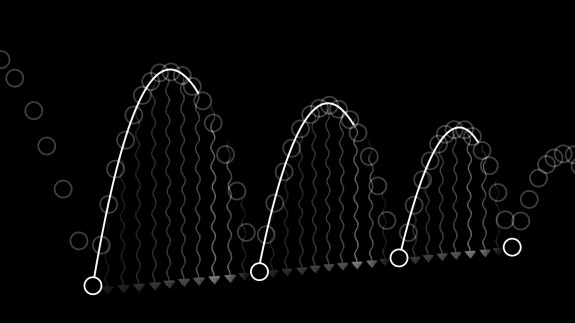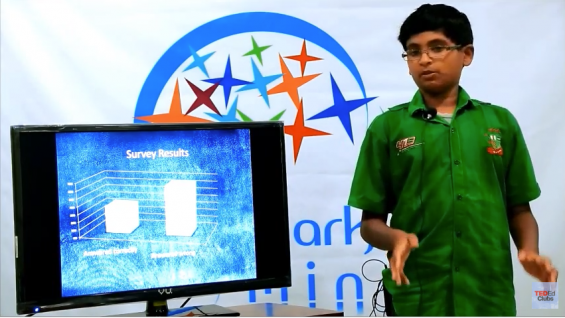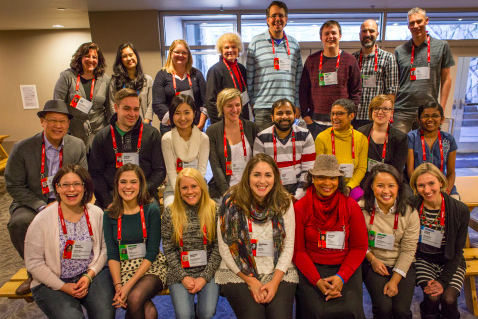
What animation can teach us about an athlete’s motion

TED-Ed Animator Jeremiah Dickey extolled the value of timing and spacing in his TED-Ed Lesson, Animation basics: The art of timing and spacing – TED-Ed. But knowing about timing and spacing isn’t just for animators. Are you a sports or music enthusiast? Turns out that understanding this critical component of time-based crafts applies to motion of all types. Jeremiah answers a few of our questions about this widely applicable lesson.
What are some other examples of spacing and timing in popular culture?
Aside from music or visual media, which would be the obvious answers, two seemingly unrelated areas where spacing and timing are also fundamental are in dance and sports. I personally never had very much interest in either as a spectator until I started doing animation, which forces you to pay close attention to how things move. You begin to appreciate the nuances of bodies in motion during choreographed physical performances like ballet, as well as the un-choreographed, real time physical performances of athletes on a football field. Also, if you live in a big city, it’s fun to just sit on a bench and watch how people walk as they pass you by. Everyone has their own rhythm and idiosyncrasies in how they move. Even you!
Why is it important for movie and television audiences to understand spacing and timing?
Generally speaking, I feel like it’s always a good thing to know how something is done. Especially something you have a fondness for, and who doesn’t like cartoons? Seriously though, whether you are the one practicing a craft or just enjoying the results, the more you understand about what goes into it, the deeper your appreciation for it will be and the more nuance you will be capable of seeing in it — and hopefully expect and demand to see. In terms of the craft of visual storytelling, like we see in movies and TV, this is only a good thing as it leads to more critical thinking about what is being offered for consumption. An educated audience is always a better audience to be a part of. And we are all part of the audience.
Learn more about the art of spacing and timing here and see if it affects your everyday observations and movements.



